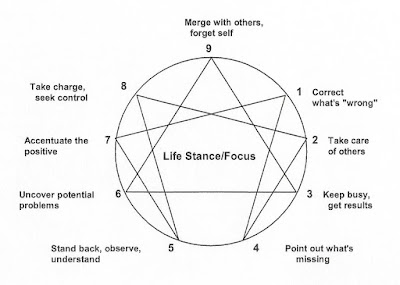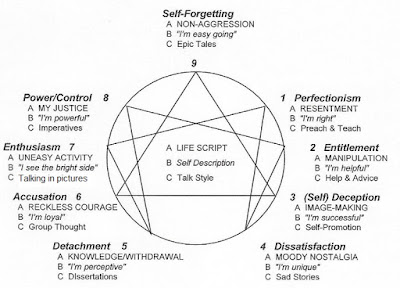In the 1984 film,
The Karate Kid, a teen-aged boy who came to his teacher's home to learn karate was at first given only menial tasks:
Wax these cars--wax on with right hand, off with left hand, breathe in, breathe out. Sand this deck--right hand in circle, left hand in circle, breathe in, breathe out. Paint fence--wrist up, wrist down, right hand, left hand. Paint house, side to side, right hand, left hand.
Finally, the boy exploded: "You're supposed to be teaching me, but for four days I've been busting my ass and I haven't learned a goddam thing!"
"You learn plenty," said the teacher, and as the boy stormed off, commanded him to return. "Look into my eyes. Show me 'sand floor,' he commanded, and as the boy reluctantly made the circles with his right and then left hand, the teacher threw punches that were blocked by the boy's sweeping hands.
"Show me 'wax on, wax off,' show me 'paint the fence,' show me 'paint the house.'" As the boy made these deeply practiced and now spontaneous movements, the teacher demonstrated how each had its place in karate. When the lesson was completed, without a word of explanation, the teacher bowed.
Like the Karate Kid, I didn't "get" it, thirty years ago, during the first few days of an Enneagram workshop with
Claudio Naranjo. I came with the expectation that I would be
taught the steps to transformation, have my questions answered, and overcome my
faults as an
Enneagram style Nine.
"So why" I ranted to myself, "is he spending so much time on these meditation and relationship exercises, these visualizations? These have nothing to do with the Enneagram! When is he going to start teaching?"
"Close your eyes," said Naranjo, "breathe in, breathe out, imagine a holy light shining down through the top of your head and filling your whole body with love. Now, open your eyes and look at your partner. Do not speak. Breathe in, breathe out, and let this light shin through you to your partner. Do not respond when it is your partner's turn to speak, do not judge, simply be present with this person and with the light."
And so the workshop continued. "Simple" exercises deepened our understanding of how our habitual responses become engaged, the nature of our unconscious
pay-offs for maintaining the
status quo, how we stop ourselves from disclosing private thoughts because we have an image to maintain or because we fear the discomfort such disclosure might bring, how we project our shortcomings onto others (especially in close relationships).
With style Nine's
self-forgetting, it was so easy for me to criticize events structured by others and so difficult for me to find myself. I saw how I had been captive to key Nine patterns--difficulty knowing what we want, looking for others to provide a structure and through that structure discovering what we
don't want. I expected to be
told how to remember myself. I didn't yet know I
was remembering myself, that these experiences would
reflect myself to me.
In
Enneagram Spirituality: Compulsion to Contemplation, Suzanne Zuercher described the importance to transformation of
active contemplation--as opposed to passive surrender to the process. Active contemplation is similar in concept to the Buddhist notion of
mindfulness, carrying a posture of awareness, intention, and readiness throughout your daily life:
Awareness--of your Enneagram style and how it plays out uniquely for you.
Intention-- commitment to your own spiritual path.
Readiness--a holistic stance of invitation, of openness, as well as taking specific actions that shift your focus of attention (doing what is most difficult for you, inviting your unknown and disowned parts to come forth, staying present instead of avoiding or denying or projecting blame).






